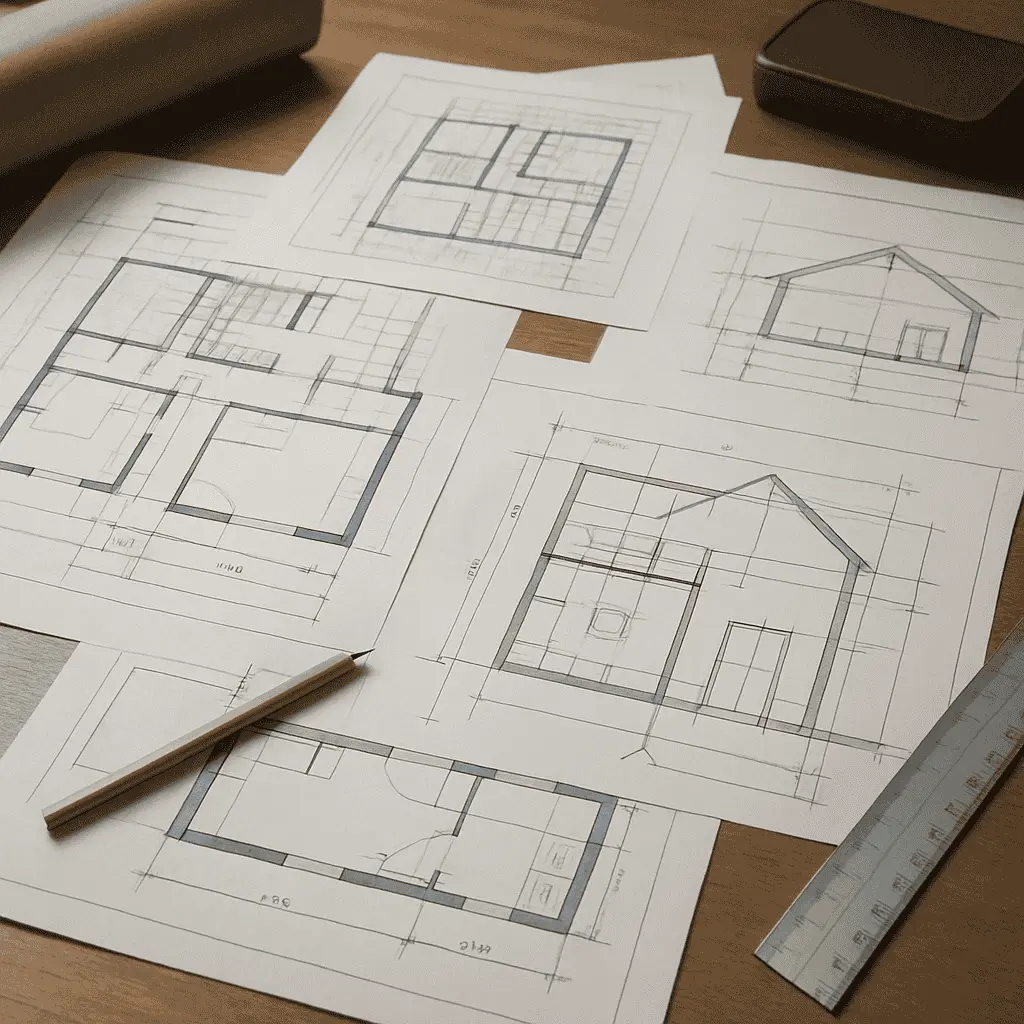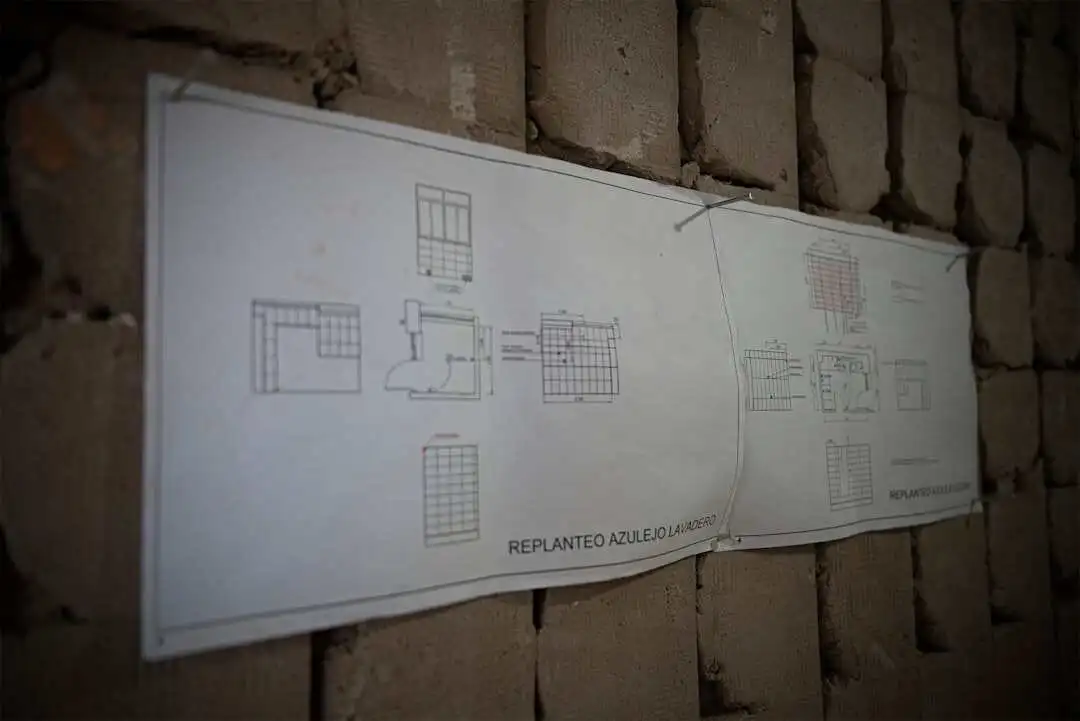Blog
Essential Guide to Architectural Planning Services
Architectural planning services are a crucial part of bringing any construction project to life, whether it’s a new home, a commercial building, or a renovation. Understanding the nuances of architectural design and project planning can be overwhelming. This guide aims to simplify the process, ensuring you have all the essential information you need to embark on your architectural journey.
Architectural planning services involve creating detailed designs and plans for buildings and structures. These services are provided by architects who are trained to balance aesthetics, functionality, and safety while considering the client’s needs and regulatory requirements.
Architectural planning goes beyond just drawing blueprints; it encompasses everything from initial concept development to final execution. The goal is to ensure that every aspect of the project is well thought out and executed efficiently.

The Importance of Architectural Design
Balancing Form and Function
Architectural design is the art of creating spaces that are both beautiful and functional. An architect must consider various elements, such as light, space, texture, and color, to create a harmonious environment. The design should meet the needs of its users while also being structurally sound and compliant with building codes.
Enhancing Value
Investing in quality architectural planning services can significantly enhance the value of a property. A well-designed building not only improves the user’s experience but also increases the marketability and longevity of the structure.
Key Components of Project Planning
Site Analysis
Before any design work begins, architects perform a site analysis to understand the environmental conditions, topography, and zoning regulations. This analysis helps in identifying any potential challenges and opportunities, ensuring that the design is suitable for the location.
Concept Development
Once the site analysis is complete, architects move on to concept development. This phase involves brainstorming and sketching initial ideas based on the client’s vision and requirements. The goal is to explore different design possibilities and select the most feasible option.
Design Development
Design development is where the chosen concept is refined and detailed. Architects work on the technical aspects, such as structural systems, materials, and building services. They also coordinate with other professionals, like engineers and interior designers, to ensure all components work together seamlessly.
Documentation and Permitting
The documentation phase involves creating detailed drawings and specifications required for construction. These documents are essential for obtaining permits and approvals from local authorities. Accurate documentation ensures that the project complies with all legal and safety standards.
Construction Administration
During construction, architects often take on an administrative role, overseeing the project to ensure it aligns with the design. They collaborate with contractors and address any issues that arise, ensuring the project remains on schedule and within budget.
Choosing the Right Architectural Planning Services
Experience and Expertise
When selecting an architectural planning service, it’s crucial to consider the firm’s experience and expertise. Look for architects who have a proven track record in projects similar to yours. Their familiarity with the specific challenges and requirements of your project type can be invaluable.
Communication and Collaboration
Effective communication is key to a successful project. Choose an architect who listens to your needs and communicates their ideas clearly. A collaborative approach ensures that your vision is realized while benefiting from the architect’s professional insights.
Budget Considerations
While it’s important to invest in quality architectural services, it’s also essential to work within your budget. Discuss your budget constraints with potential architects and ensure they can deliver a design that meets your needs without compromising on quality.

The Role of Technology in Architectural Planning
3D Modeling and Visualization
Modern architectural planning services often utilize 3D modeling and visualization tools. These technologies allow architects to create detailed digital models of the proposed design, providing clients with a realistic view of the final product. This visualization aids in decision-making and helps identify any potential issues early in the process.
Building Information Modeling (BIM)
Building Information Modeling (BIM) is another advanced tool used in architectural planning. BIM involves creating a digital representation of the building, which includes detailed information about its components and systems. This technology enhances collaboration among stakeholders and improves the accuracy and efficiency of the planning process.
Sustainable Architecture and Planning
Eco-friendly Design
Sustainability is an increasingly important consideration in architectural planning. Architects are now focused on creating eco-friendly designs that minimize environmental impact. This includes using sustainable materials, incorporating energy-efficient systems, and designing for optimal natural light and ventilation.
Long-term Benefits
Sustainable architecture not only benefits the environment but also offers long-term cost savings for property owners. Energy-efficient buildings reduce utility bills, and sustainable materials often require less maintenance, enhancing the building’s overall value.
Conclusion
Architectural planning services are an essential part of any construction project, providing the foundation for a successful build. By understanding the key components and considerations involved, you can make informed decisions and ensure your project meets your needs and expectations. Whether you’re embarking on a residential or commercial project, choosing the right architectural planning services is crucial to achieving your vision while adhering to budget and regulatory requirements.
Incorporate the insights from this guide as you navigate the world of architectural design and project planning, and take the first step toward bringing your dream project to life.
